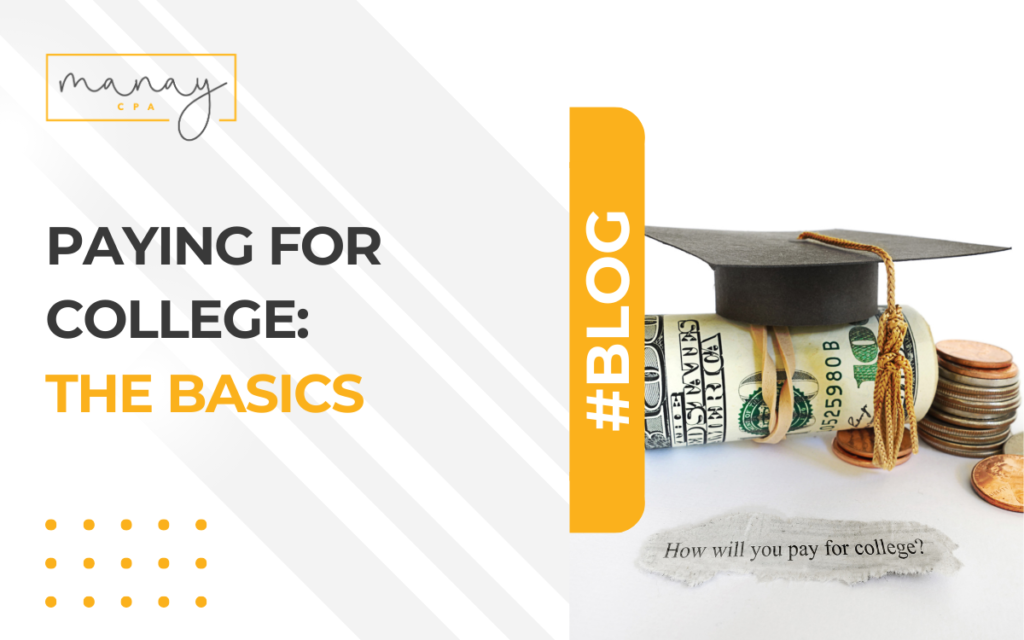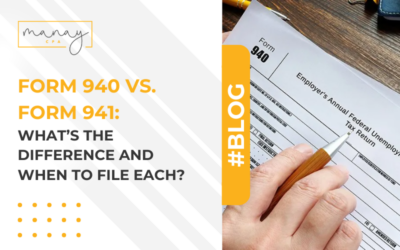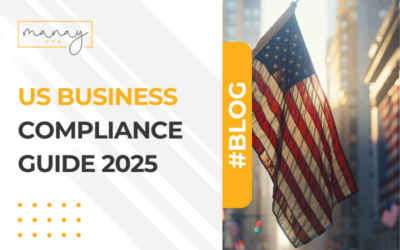Paying For Collage: The Basics

So, you’ve been contributing to your kids’ 529 accounts since they were little, and now the fateful day has arrived, and you’re sending them off to college. Now, how do you navigate the process of paying for their education?
Table of Contents
ToggleHandling Payments with 529 Accounts
Hopefully, your 529 accounts have grown tax-deferred to a healthy amount that will pay for your kids’ college education. What is the best way to handle paying your kids’ expenses? What I’m going to tell you is not just the best way to do it tax-wise, but also the way I did it with my own children.
Accessing and Managing 529 Accounts
Understanding Account Ownership and Beneficiaries: Most parents have set these accounts up where the student is the designated beneficiary, but the parent(s) are the custodians/owners of the account. Parents should be the ones who access the 529 accounts and make the payments for their kids’ expenses.
Direct Payments to the School: When the tuition bill comes each summer and winter, have the 529 account send the funds directly to the school. Too many parents make the mistake of having the funds come to them first, and they subsequently send a check to the school. It is best not to do it this way. The tuition statements have all of the costs allocated, especially when your child is living on campus or in university-owned off-campus housing.

Maximizing Education Tax Credits
Utilizing the American Opportunity Tax Credit (AOTC): You will then obtain a 1098-T each January that will be used to report your qualified education expenses for any education tax credits. The preferred tax credit is the American Opportunity Tax Credit (“AOTC”), which you can use for up to four tax years while they are an undergraduate. The amount of the credit is up to $2,500 –
Tax Credits for Graduate School Students: Graduate school students are not eligible for the AOTC and instead would be eligible for the Lifetime Learning Credit.
Splitting Payments for Off-Campus Students
The trickier part occurs when your student lives off campus. In this case, I recommend the following:
- Have one 529 payment go straight to the school
- Have the other payment go to you, and then you send your child the monthly amount they need for rent.
Compliance and Tax Optimization
Remember that you cannot withdraw in any one year more than the amounts the school allocates to the various categories for their Cost of Attendance they use for financial aid purposes. The other thing to remember is that taxes are on a cash basis, but it is likely your student’s lease will run for an academic year that cuts across two tax years. What I do is withdraw the amount I pay for that calendar year, and then in January, withdraw the remaining rent under the lease for that tax year. I know this is clunky, but this is the best way to keep you in compliance and have zero risk of an IRS review.
Reporting and Record-Keeping
The 1099-Q forms show the amounts withdrawn from the 529 accounts, and as long as the distributions do not exceed the qualified education expenses for that year, you do not have to report these forms to the IRS. Keep them for your tax records.
Conclusion
By following these guidelines, you can effectively navigate the process of paying for college while maximizing the tax benefits you anticipated. Stay informed, plan ahead, and ensure compliance to make the most of your educational savings.

Published on: 11 July 2023
Last updated on: 24 July 2023
Manay CPA is a reputable, full-service CPA firm based in Atlanta, Georgia. Founded in 2001, we provide comprehensive accounting and tax solutions to individuals and businesses across all 50 states.





